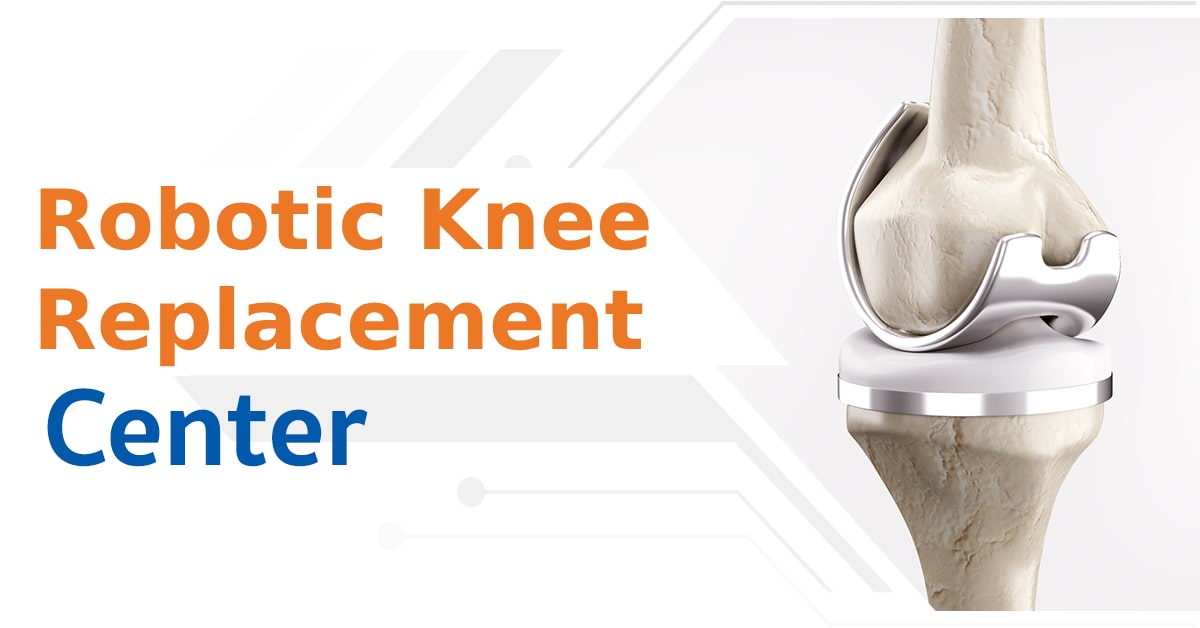
Laparoscopic Surgery
Overview
Laparoscopic surgery is a minimally invasive surgical method employed for procedures in the abdominal and pelvic regions.
This approach utilizes a laparoscope, a slender telescopic rod equipped with a camera at its end, allowing visualization inside the body without the need for extensive incisions. Instead of the 6- to 12-inch cut required in open abdominal surgery, laparoscopic procedures involve two to four small incisions, each measuring half an inch or less. One incision accommodates the camera, while the others facilitate the insertion of surgical instruments. This minimally invasive technique is colloquially referred to as “keyhole surgery” due to the small incisions.
A laparoscopy, a type of exploratory surgery utilizing a laparoscope, involves the surgeon examining the abdominal and/or pelvic cavities through one or two keyhole incisions. This method serves as a less invasive alternative to laparotomy and is typically performed for diagnostic purposes. It is employed to investigate issues that imaging tests may not have identified. During the procedure, the surgeon may conduct biopsies by taking tissue samples. Additionally, they can address minor problems encountered during the laparoscopy, such as the removal of growths or blockages.
Types of surgeries using laparoscopic surgery
Numerous surgeries are now feasible through laparoscopic techniques. Determining your eligibility for laparoscopic surgery depends on the complexity of your condition. While certain intricate conditions may necessitate open surgery, laparoscopic procedures are increasingly becoming the preferred default for various common operations. This trend is attributed to the cost-saving advantages and enhanced patient outcomes associated with laparoscopic surgery. The list comprises:
- Removal of cysts, fibroids, stones, and polyps.
- Excision of small tumors.
- Biopsies.
- Tubal ligation and reversal.
- Removal of ectopic pregnancy.
- Surgery for endometriosis.
- Urethral and vaginal reconstruction surgery.
- Orchiopexy (surgery for testicle correction).
- Rectopexy (repair of rectal prolapse).
- Hernia repair surgery.
- Esophageal anti-reflux surgery (fundoplication).
- Gastric bypass surgery.
- Cholecystectomy (removal of gallbladder) for gallstones.
- Appendectomy (removal of appendix) for appendicitis.
- Colectomy (bowel resection surgery).
- Abdominoperineal resection (removal of rectum).
- Cystectomy (removal of bladder).
- Prostatectomy (removal of prostate).
- Adrenalectomy (removal of adrenal gland).
- Nephrectomy (removal of kidney).
- Splenectomy (removal of spleen).
- Gastrectomy (removal of stomach).
- Liver resection.
- Radical nephroureterectomy (for transitional cell cancer).
- Whipple procedure (pancreaticoduodenectomy) for pancreatic cancer.
Minimally invasive surgical techniques find application in various body regions. Beyond the abdominal and pelvic areas, the approach may share similarities but adopts different names. Within the chest cavity, a surgeon may employ a thoracoscope to observe the lungs through a keyhole incision. In the knee region, an arthroscope may be utilized. While these scopes are designated differently based on the body parts they examine, they fundamentally represent modified versions of the same underlying technology.
Risks
Potential complications encompass:
Trocar injuries
Since the initial trocar may be inserted blindly before introducing the laparoscope, there exists a slight risk of injury during the trocar insertion. Although complications are infrequent, they can be severe and may include:
- Bowel injury.
- Blood vessel injury.
- Nerve injury.
- Port-site hernia.
Insufflation complications
Adverse reactions to the carbon dioxide gas used to inflate the abdominal cavity are possible for some individuals. Pre-surgical screening is conducted to identify any cardiopulmonary conditions that may elevate the risk of these complications. Potential issues involve:
- Hypercapnia (carbon dioxide retention).
- Hypothermia (if the cold gas is not prewarmed).
- Pneumothorax (collapsed lung).
- Subcutaneous or mediastinal emphysema (trapped air under the skin or in the chest cavity).
General surgical risks
All surgeries carry inherent general risks, which include:
- Bleeding.
- Infection.
- Allergic reaction to anesthesia.
- Formation of internal adhesions from scar tissue.
Before the procedure
Before undergoing laparoscopic surgery, it’s crucial to make necessary preparations. One must refrain from eating or drinking for around eight hours before the procedure to minimize the risk of nausea caused by anesthesia. It’s also important to arrange for someone to drive you home afterward, as the effects of anesthesia can cause disorientation. While many patients are discharged on the same day, a safe transportation plan is essential due to potential post-anesthesia effects.
Upon arrival at the hospital, you’ll change into a hospital gown, and a nurse will check your vital signs to ensure you’re fit for surgery. Depending on the case, additional tests like blood work or imaging might be conducted before the operation.
Once preparatory tests are done, you’ll be taken to the operating room. An intravenous (IV) line will be inserted into a vein in your arm or hand to administer fluids and anesthesia. The anesthesia will induce muscle relaxation, relieve pain, and induce unconsciousness. Additionally, a breathing tube will be placed in your throat to maintain an open airway throughout the procedure.
During the procedure
The surgical procedure initiates with a small incision near your belly button or pelvic bone. This initial incision serves to introduce carbon dioxide gas into your abdominal or pelvic cavity. In laparoscopic surgery, narrow surgical tubes known as trocars function as ports for surgical instruments. The surgeon commences by inserting the first trocar and passing the gas tube through it to inflate your abdominal or pelvic cavity. This inflation aids in creating a separation between your abdominal wall and organs, facilitating better visualization on the video monitor.
Once the cavity is inflated, the gas tube is removed, and the laparoscope is introduced through the trocar. The laparoscope projects real-time video images of the surgical site onto the monitor, guiding the placement of additional surgical instruments. Depending on the procedure, the surgeon may make one or more keyhole incisions and introduce trocars through them. Long, narrow instruments designed to fit through the trocars are employed in laparoscopic surgery.
In certain cases, a surgical drain may be inserted into the cavity to remove excess fluids, such as those resulting from inflammation. These fluids will exit through a small tube, and for specific conditions, the tube may remain in your body postoperatively for continued drainage. Following the operation, everything else will be sutured, and the gas will be released from your body before closing the incisions. Your surgical team will ensure the stability of your vital signs before removing the breathing tube and intravenous line.
After the procedure
After the surgery, you will be transferred to a postoperative recovery room where continuous monitoring of your vital signs will occur until you regain consciousness. At this juncture, you may be prescribed a different type of pain medication. A common post-laparoscopic surgery side effect is gas pain resulting from residual carbon dioxide in your body, often felt in the shoulders due to the stimulation of a nerve that refers pain to that area. This discomfort is normal and typically resolves on its own within a day or so.
Depending on the specifics of your individual surgery and your body’s response, you might be discharged on the same day or require an overnight stay. Your doctor will provide instructions on self-care upon discharge, encompassing wound care, drain management if applicable, and dietary guidelines, particularly following abdominal surgery.
A follow-up visit will be scheduled before your departure to assess your healing progress and, if necessary, remove any fluid drain that was placed during the procedure.
Outcome
In most cases, you can expect to go home on the same day as your surgery. The full recovery typically takes about two to three weeks. During this time, you may experience some typical wound discomfort, which can usually be managed with short-term pain medication. This discomfort often improves within the first few days. However, if you find that the pain persists, it’s crucial to notify your doctor promptly.




















